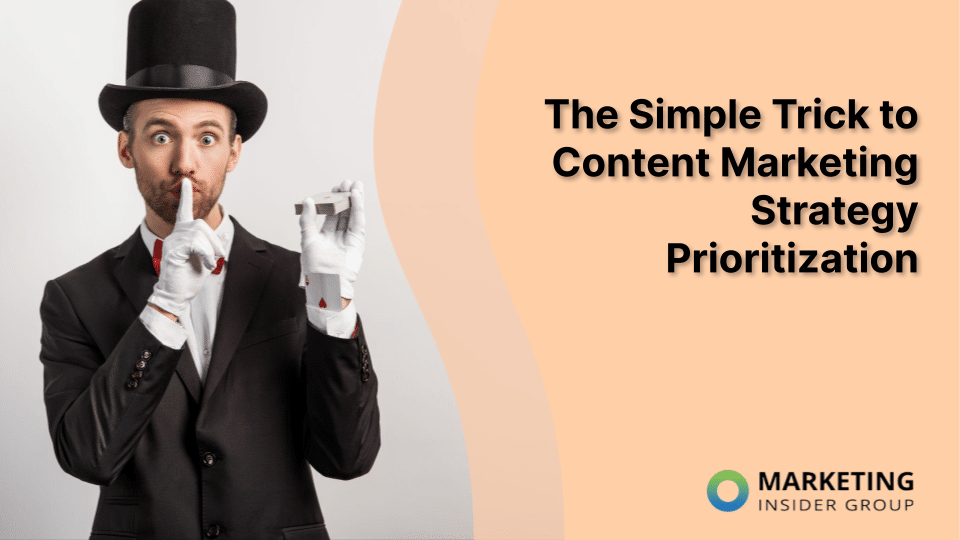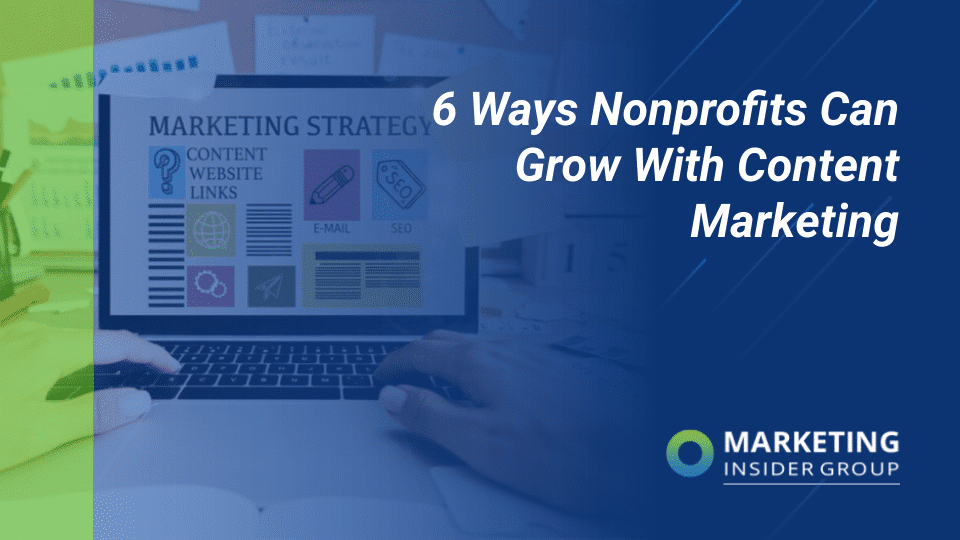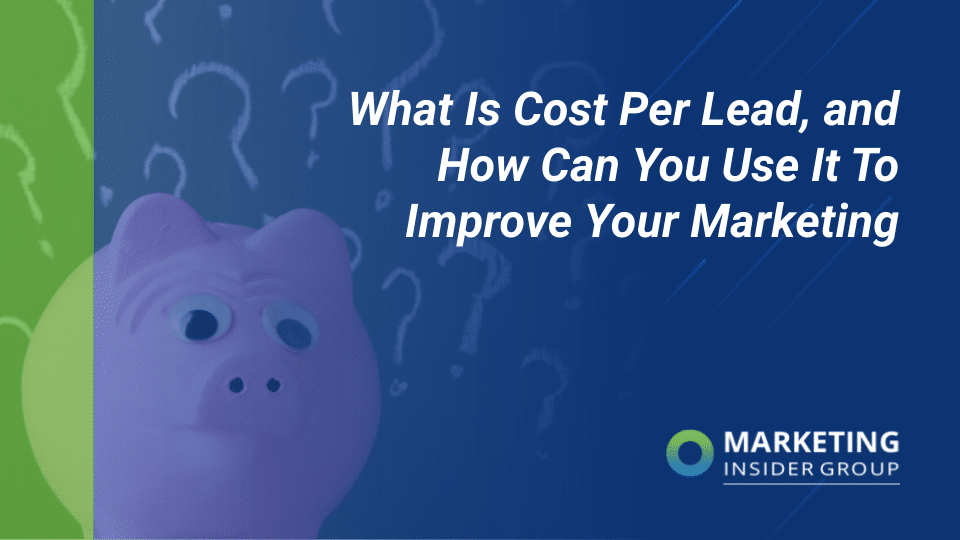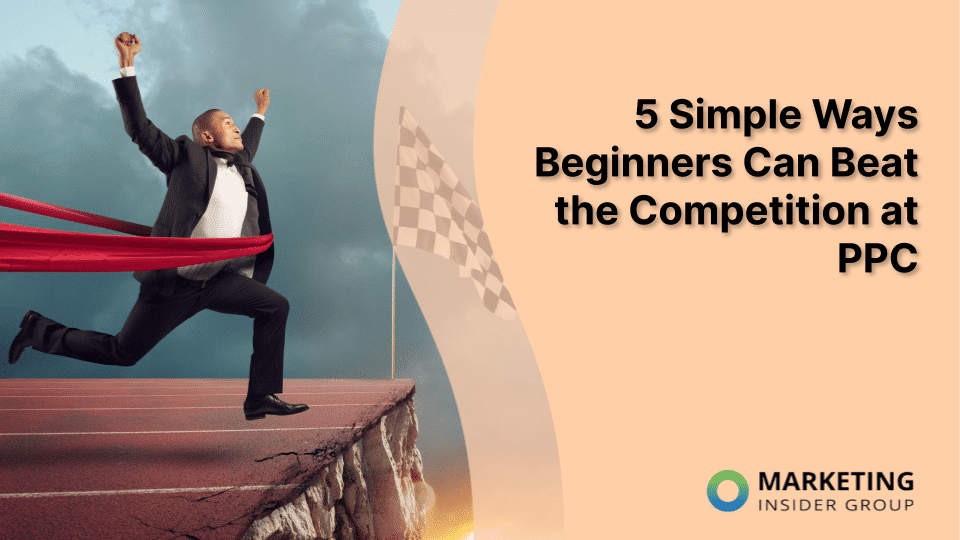
5 Simple Ways Beginners Can Beat the Competition at PPC
The right PPC strategy is a surefire way to increase visibility and SEO. Figuring out how to best your competitors in this field can really give your business or brand the upper hand. Keep reading to find out how!
Quick Takeaways
- PPC is an essential marketing strategy can increase visibility and SEO
- Delivering value to customers and leveraging PPC hacks are vital for success
- Keep your PPC text ads fresh and up-to-date to improve Quality Score
- Utilize PPC tools to analyze past campaign performance and create more effective ads based on data
Ever since the first AdWords ad hit SERPs in 2000, search engine marketing has had a tumultuous relationship with brands and marketers. Some swear by PPC and believe it should be a part of every business’s promotional strategy.
However there are others who frown at the prospect of handing over money to Google or Facebook when they are already investing in organic tactics.
The bottom line is, love it or hate it, you can’t ignore PPC.
Don’t Expect Hugs and Kisses
There was a period of time when marketers weren’t very enthusiastic about PPC. While there wasn’t the remotest possibility of a drastic fall in spending on the channel, brands were continuously losing money.
Then… the shoe dropped. Marketers started realizing that the reason they were being bled dry by their campaigns was because of poor user experience. They were not paying adequate attention to copy or headlines.
There was insufficient effort being put into keyword research, and often the clicks led to totally irrelevant pages. Visitors bounced left, right and center and Quality Score kept plummeting!
The issue? High cost per click and sub-par lead quality.
Lesson learned, those who had been burnt once ventured into the PPC fray yet again – this time armed with the desire to offer value to customers by doing their homework well and by leveraging the little known hacks which exist in every PPC environment.
Always tread lightly with PPC and keep in mind: Don’t expect the sales to roll in as soon as you launch your ad. The competition will be fierce.Times are changing and more sophisticated targeting and segmentation options are making their presence felt…
Keeping this in mind, here are five interesting PPC tactics that should help you overtake or stay ahead of your competitors, if not leave them far behind.
#1 Prevent Click Fraud
Impression fraud and click fraud are byproducts of the aggressive black hat thinking of the mid-2000s. And sadly, they are practiced even today.
A large number of the apparently worthless clicks that your PPC ads register are not unintentional. They are kind of sabotage campaigns that can be launched by spammers, competitors or an unholy axis of evil ad networks, agencies and media houses.
Your ads can be used to drain your budget, especially if you are a brand that is making a name for itself in the market.
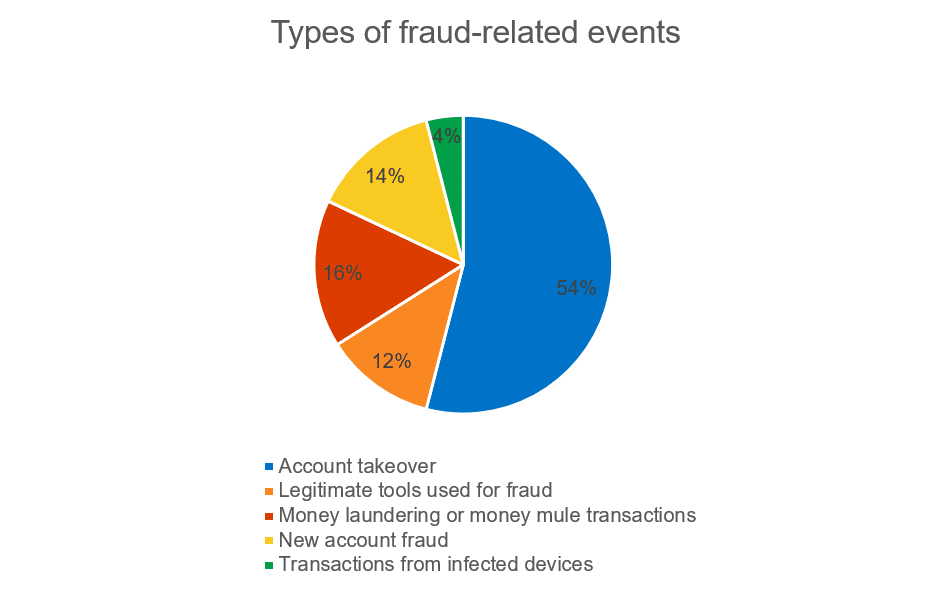
While Google has a sophisticated system in place to ensure that clicks it considers suspicious aren’t charged to your AdWords account, it is better to go ahead and block out certain IPs from your viewer base as a precaution.
It’s simple to draw up a list of your competitors and find out the IPs they use. You may also want to spare some time to dig into your server logs and find out click patterns of IP addresses that click on ads to reach your site but invariably bounce away.
Of course, few, if any bad clicks will be from competitors, but you don’t really need any unrewarding engagement, do you? Some more tips to make sure you don’t fall prey to click fraud:
- Don’t run CPM (impression or view based) campaigns without having in place a fraud detection system.
- Don’t be afraid to block entire regions or countries from your ad campaigns.
- Programmatic ads are the future but don’t jump onto the bandwagon until you fully understand the mechanics and have total control over the ad serving process.
- Demand full disclosure from your agency about which platforms, ad networks, media buyers and publishers they’re using or working with, directly or indirectly. Do your own research into how these parties work.
- Don’t blindly trust the “estimates” given by the ad manager tools built into Google, Facebook or any other platform.
#2 Experiment with Dynamic Ads
Another great way to improve your Quality Score is to remain fresh and up-to-date with your PPC text ads. Just as boosted social posts have a definite shelf life, so do Google AdWords promotions.
Always remember that fresh is relevant.
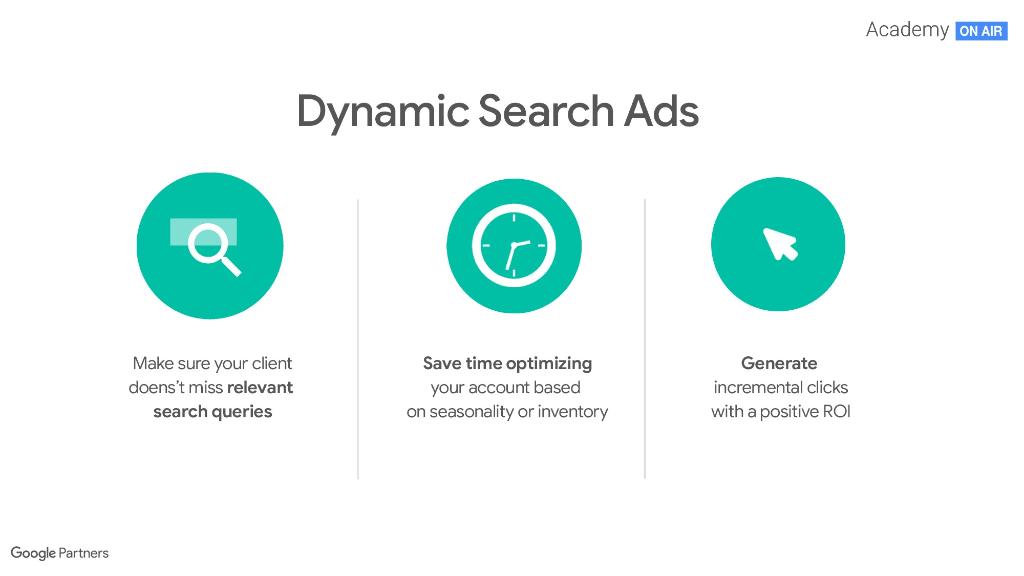
Google uses its organic search index to automatically detect themes from the pages and URLs you instruct it to. With DSA, you need to neither set up thousands of ads nor specify explicit search-match criteria.
For example, you might ask Google to take a look at certain landing page sections and URL strings to understand if the pages are a good fit for the search query of the user.
Once Google feels it has found a match, it generates an ad and puts together a headline from the content of the search query and the section indicated on the page that is a thematic match. The description lines are your standard text and the appropriate destination URL again is the landing page that has been tagged relevant by Google.
DSA is a life saver, especially for companies that have an extensive roster of products and services. This is where you funnel the money you saved by beating click fraud into: if used well, DSA can scale your impressions and clicks, while lowering your CPC.
#3 Start Converting Ads to Calls
A phone call is three times as valuable to a business as a clickthrough to the site. This is why more and more companies are replacing the website link on paid ads with a request to call for a quote.
This flow skips the landing page – which is often the weak link in a PPC funnel – altogether. Also, always remember to reinforce the quality over quantity rule to yield best results.
Call tracking, yet another Google AdWords feature introduced in 2012, works as follows:
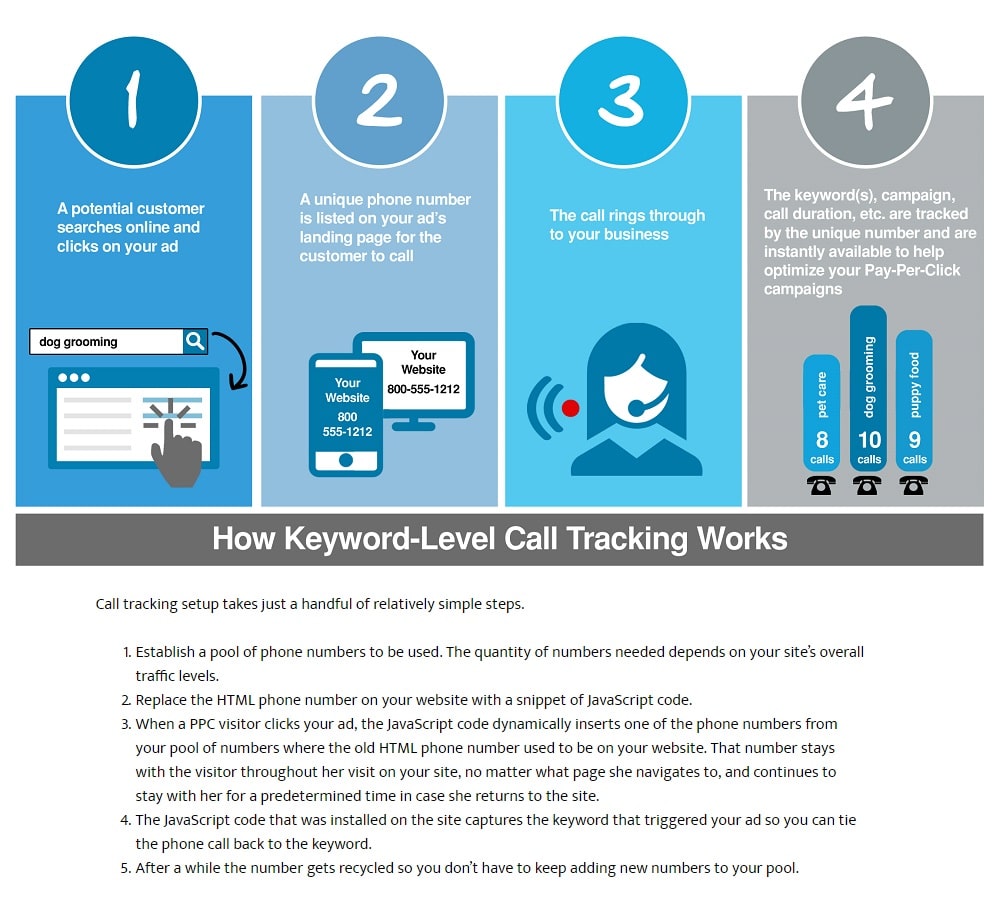
With such power, even B2B companies and professional service providers can reap the benefits of PPC campaigns with more concrete lead qualification KPIs.
Even B2Cs can use call tracking results to quickly weed out ads that might generate buzz but don’t have ultimate profit potential in the long run.
While call tracking is by no means limited to PPC, it isn’t restricted to Google either. Facebooks Call Now button can be added to your mobile ads to increase conversion:
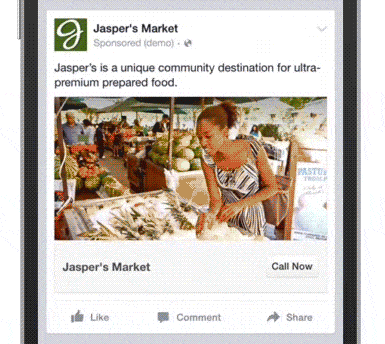
Facebook also tells you how many people your ad reached and how many of them clicked the Call Now button.
#4 Use Past Performance to Create Winning Facebook Ads
If you have been into PPC for a while, chances are you know about the power of the Power Editor, Custom and Lookalike Audiences, and obviously Lead Ads. So is there anything left to exploit in Facebook that your competitors haven’t thought of yet?
As with call tracking, bid management, keyword research and other PPC functions, the solution might lie in software. Forget about looking at CPC and Page Insights, this nifty tool called Open Book allows you to choose each and every component of your Facebook ad based on past results.
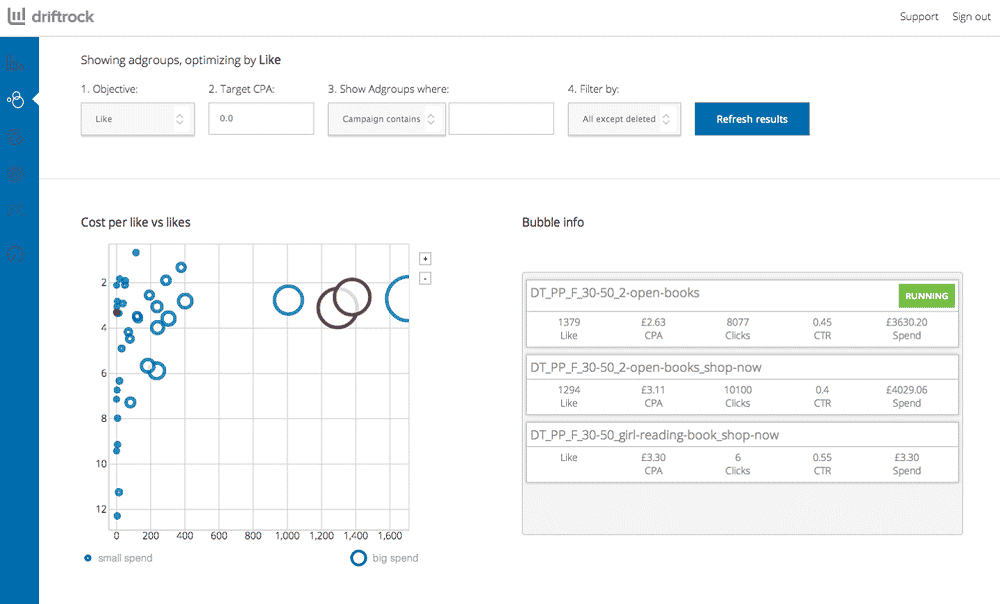
Tools like this allow you to gather all headlines, copy, CTAs, images and targeting information from your previous campaigns and displays them with their individual conversion rates.
By associating campaigns with specific objectives, you can zero in on creatives that perform best for a given customer segment or demographic.
The best thing about it is, you don’t have to look anywhere when you have your own data to go by. And the more you have experimented in the past, the better the prospects of future returns!
#5 Respect the Twitter Quality Score
Twitter indeed has a differentiating factor which it uses to influence CPC and the changes of exposure to quality audiences!
The main challenge with keeping up the good work on Twitter is that it is a real time microblogging platform – and so, impressions dwindle quickly and exponentially with the passing of time.
If Google likes freshness, Twitter is obsessed with it. A tweet that is only a week old is considered dead and buried by Twitter standards. Therefore, you need to make the most of the first 48 hours.
1. Start out by promoting tweets that are already doing well. A study by WordStream found that for every percentage point increase in engagement the cost per engagement goes down by a whopping 5%. So go with posts in good form.
2. Use targeting extensively! Narrow down your audience pool using Twitter’s Tailored Audiences to reach the hottest leads and prospects.
3. Use Promoted-only Tweets to restrict your ads to those who don’t follow you. Pro Tip: Find out who follows your competition but not you and target that subset first.
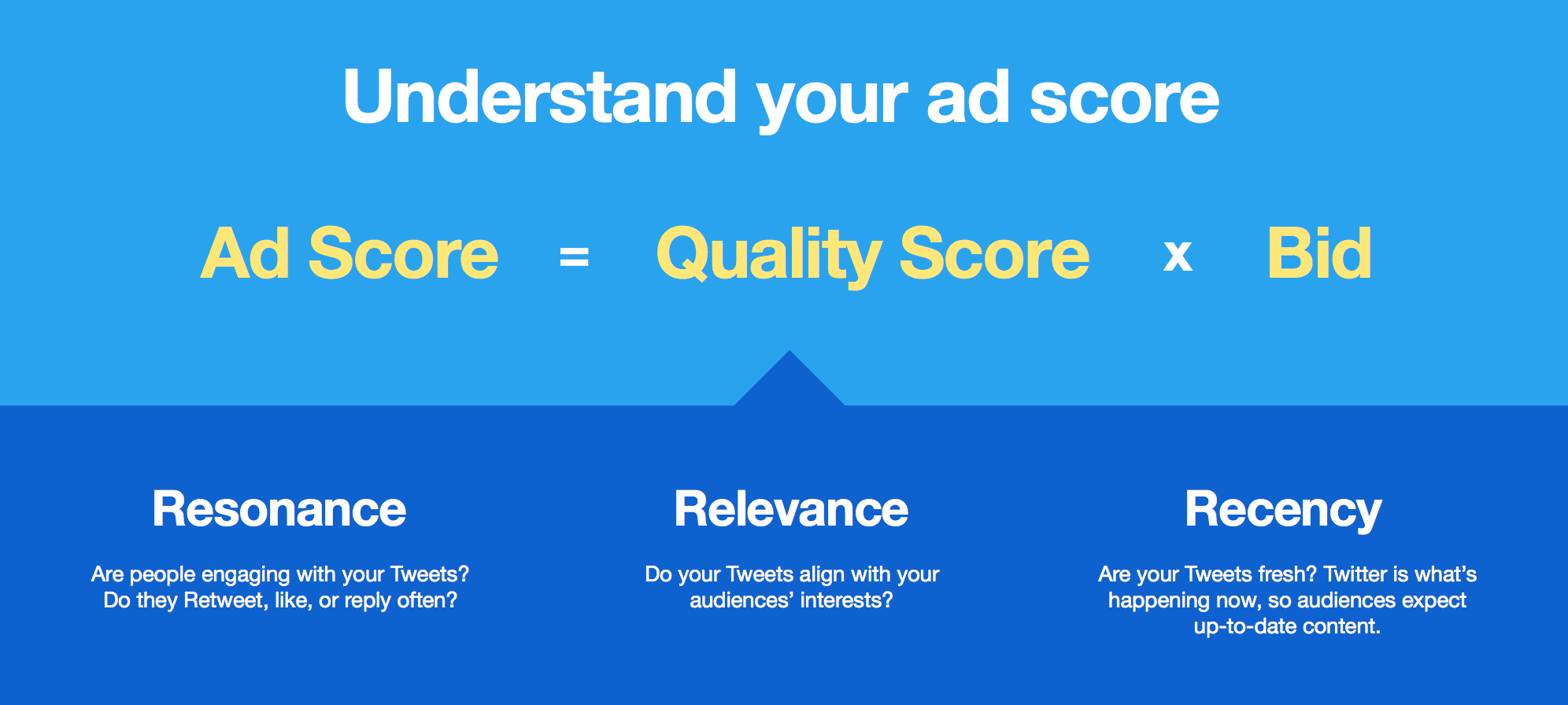
When a tweet is delivered to everybody, your existing customers are likely to disregard it especially if it’s about following you or buying a tripwire product. This sends a signal to Twitter that your “ideal” buyers do not find the content engaging, hampering your Quality Score.
Overall, using Twitter to your advantage could make a huge difference in your PPC success.
Parting Thoughts
There are great strides to be taken in search, mobile, social and network-specific PPC. The tactics we discussed are just a few steps you should take to keep your campaigns chugging along nicely.
Staying updated on what is changing, vetting new technologies, and trying out new tools and features can pay great dividends and help you complement other marketing channels.

